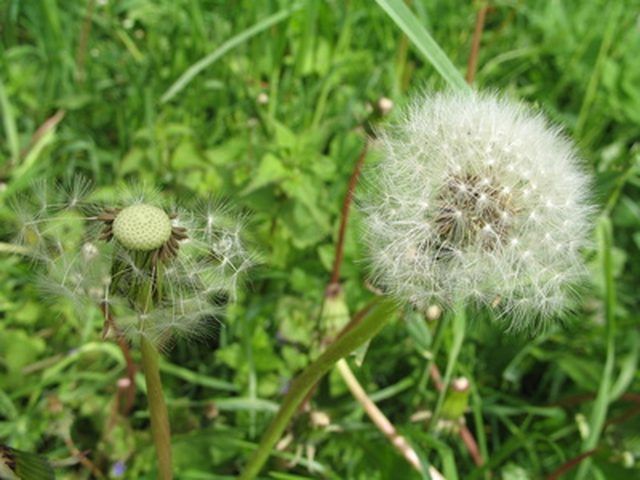Bulbs
Flower Basics
Flower Beds & Specialty Gardens
Flower Garden
Garden Furniture
Garden Gnomes
Garden Seeds
Garden Sheds
Garden Statues
Garden Tools & Supplies
Gardening Basics
Green & Organic
Groundcovers & Vines
Growing Annuals
Growing Basil
Growing Beans
Growing Berries
Growing Blueberries
Growing Cactus
Growing Corn
Growing Cotton
Growing Edibles
Growing Flowers
Growing Garlic
Growing Grapes
Growing Grass
Growing Herbs
Growing Jasmine
Growing Mint
Growing Mushrooms
Orchids
Growing Peanuts
Growing Perennials
Growing Plants
Growing Rosemary
Growing Roses
Growing Strawberries
Growing Sunflowers
Growing Thyme
Growing Tomatoes
Growing Tulips
Growing Vegetables
Herb Basics
Herb Garden
Indoor Growing
Landscaping Basics
Landscaping Patios
Landscaping Plants
Landscaping Shrubs
Landscaping Trees
Landscaping Walks & Pathways
Lawn Basics
Lawn Maintenance
Lawn Mowers
Lawn Ornaments
Lawn Planting
Lawn Tools
Outdoor Growing
Overall Landscape Planning
Pests, Weeds & Problems
Plant Basics
Rock Garden
Rose Garden
Shrubs
Soil
Specialty Gardens
Trees
Vegetable Garden
Yard Maintenance
Plastic as a Ground Cover
Plastic as a Ground Cover. To use plastic or not to use plastic, that is the question. Many gardeners wonder if it is worth the time and effort to cover the soil surrounding their plants with plastic. All manufacturers of plastic are not the same. When doing research, pay attention to the colors offered, the composition, and which plants will...

To use plastic or not to use plastic, that is the question. Many gardeners wonder if it is worth the time and effort to cover the soil surrounding their plants with plastic. All manufacturers of plastic are not the same. When doing research, pay attention to the colors offered, the composition, and which plants will reap the most benefit from plastic.
Color Types
There are three colors of plastic groundcover: black, red and olive. Each color produces slightly different results in the growth of the plants they are surrounding. A recommended composition for plastic is embossed high-density polyethylene material which gives plastic the flexibility to stretch smoothly over the ground.
Comparison
The black plastic boosts plant productivity because it blocks the sunlight, eliminating the growth of weeds. The red plastic not only eliminates the growth of weeds, it also reflects the sunlight and increases the photosynthesis of developing plants. The olive mulch is a hybrid plastic combining the advantages of black and clear plastic. It utilizes the black plastic advantage of deterring weeds and has the clear plastic advantage of warming the soil.
Function
Plastic groundcover is used for weed control, higher soil temperatures and holding the moisture in the ground so the root systems do not dry out. The weeds are controlled by the elimination of sunlight. The soil temperatures increase between 3 to 6 degrees F at a 2- to 6-inch soil depth. The warmer the soil, the faster the root system grows, meaning the plant will mature and produce fruit/vegetables earlier in the season.
Misconception
The plastic groundcover does hold the moisture in, but there is some evaporation through the hole where the plants grow. If it has been an unusually dry season, periodic watering is necessary.
Targeted Plants
Each color of plastic is best used with certain crops. The black plastic is most beneficial for vegetables, vine crops, small fruits such as strawberries and cut flowers. Red plastic works well for tomatoes, peppers and melons in particular, as well as strawberries and cut flowers. Olive mulch is most effective with transplants, small fruits and cut flowers.
Preparation
Always work the soil before applying the plastic. The soil should be smooth so the plastic lies evenly and flat. The more contact the plastic has with the soil, the quicker the soil will warm. Before laying the plastic, moisten the soil. Stretch the plastic smoothly over the ground and tuck the edges in tightly with soil.